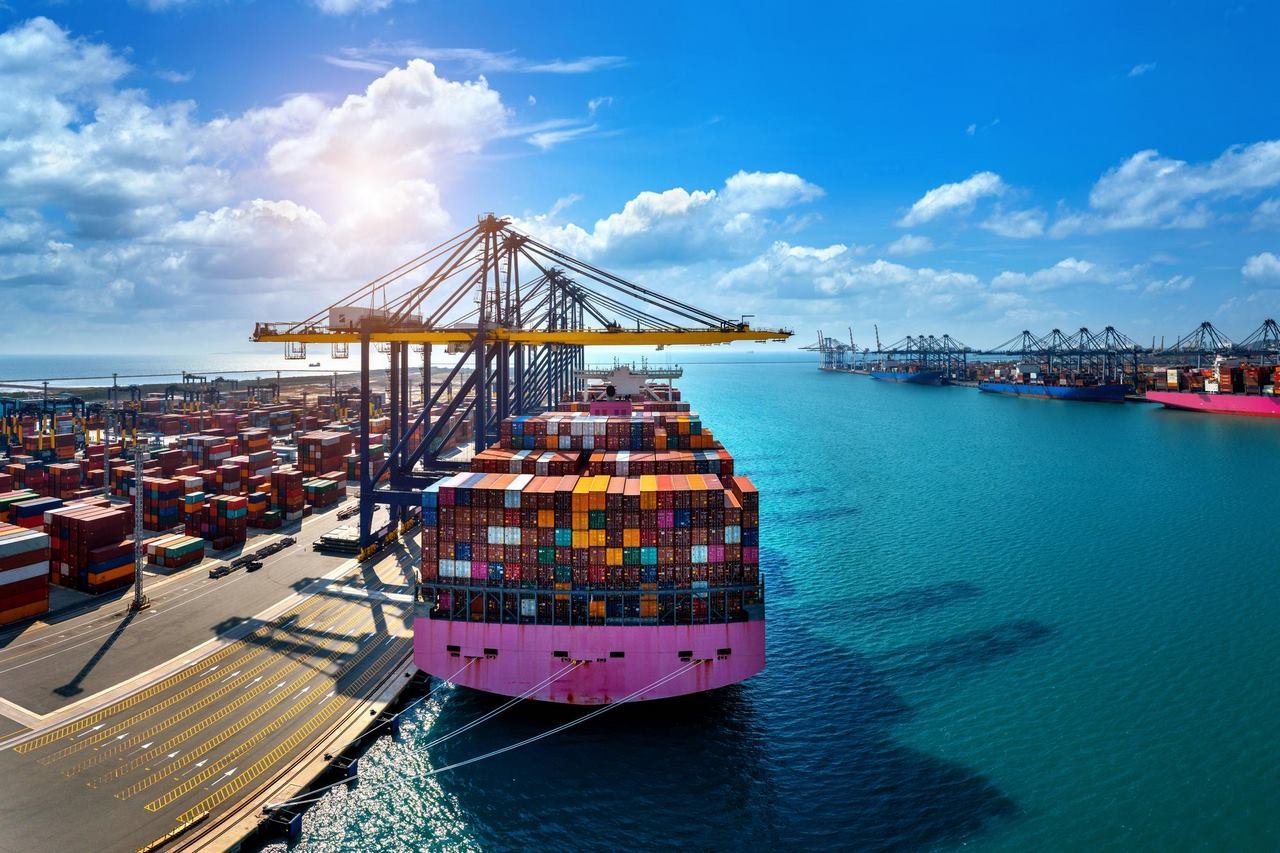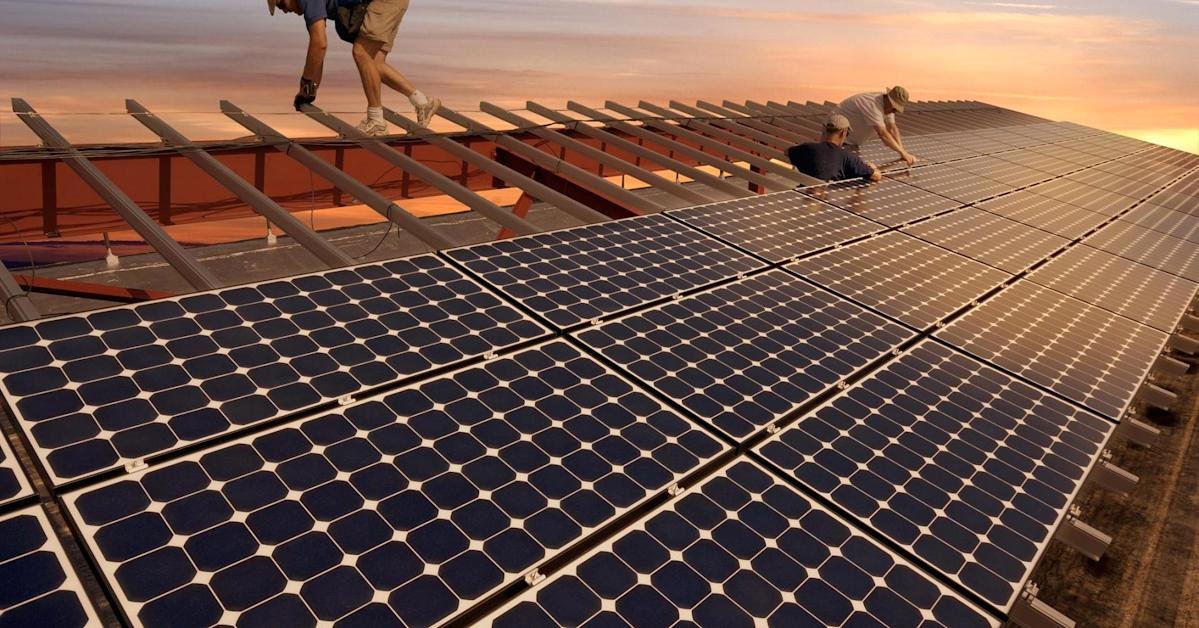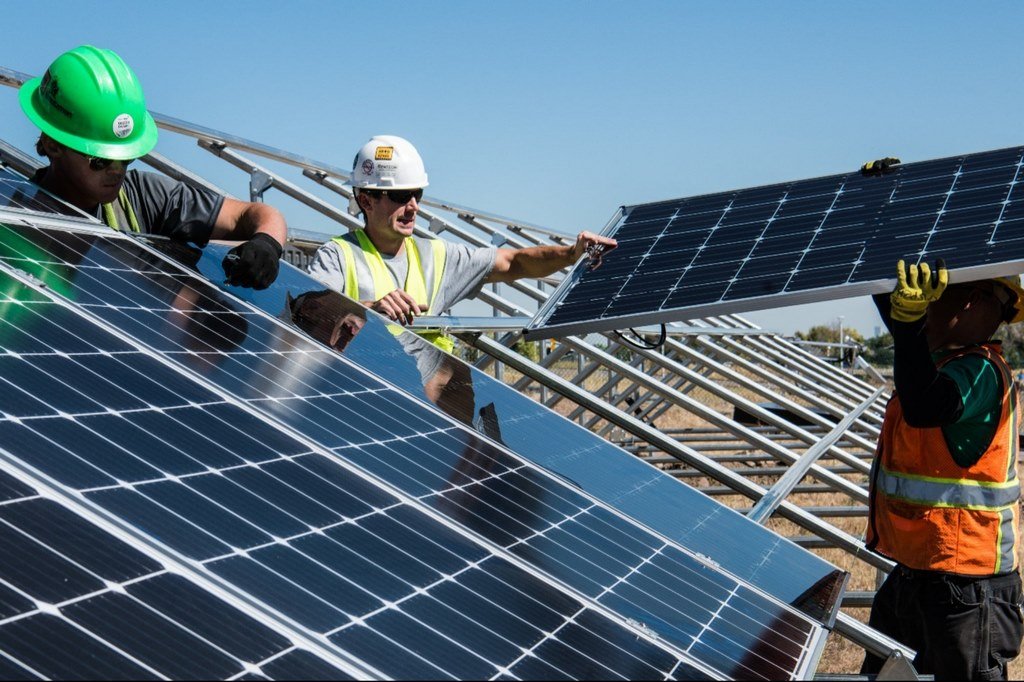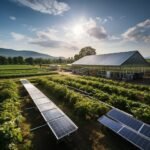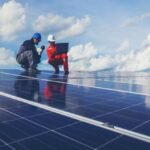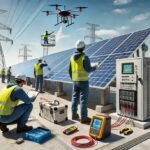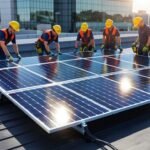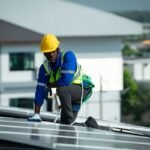As industrial energy demand rises and sustainability becomes a corporate mandate, scaling industrial solar panel systems is not just an energy decision—it’s a strategic investment. Whether you operate in manufacturing, mining, or logistics, solar energy offers a pathway to cost reduction, energy independence, and environmental responsibility. But the process of scaling is fraught with technical, environmental, and financial challenges—especially in desert regions like the Middle East, where heat and dust severely affect solar performance.
Scaling Industrial Solar Panel Systems: Strategies for Sustainable Growth in Harsh Climates
This article explores how to scale your solar infrastructure efficiently, while addressing thermal limitations, regional investment trends, and optimal EPC contracting strategies.
Why Scaling Solar Requires More Than Just Adding Panels
At the surface, scaling might seem straightforward: install more PV panels, build larger farms, and generate more electricity. But industrial applications introduce complexity:
Consistency in energy output under variable loads
Integration with existing grid or off-grid systems
Heat management in extreme climates
Financial modeling over 20+ years
For long-term success, solar growth must align with business objectives and regional realities.
View this post on Instagram
PV Thermal Coefficient: The Hidden Limiter in Desert Regions
In the Middle East, ambient temperatures often exceed 40°C. Standard solar panels can heat up to 75°C under full sun, resulting in efficiency losses of up to 17% due to the PV thermal coefficient. This means the more panels you add without managing heat, the more you risk diminishing returns.
Modern solutions like N-type PV panels and ABC technology reduce this loss to around 13%, making them ideal for utility-scale solar in hot zones. These high-performance modules maintain efficiency, improve system uptime, and yield better ROI.
Smart Design for Scalable Solar Infrastructure
Scaling must be accompanied by advanced system design. Industrial operators should focus on:
Tilt and airflow engineering: Encourage passive cooling of PV surfaces
Dust mitigation: Use robotic cleaners and coatings to limit energy loss
High-efficiency inverters: Ensure optimal DC/AC conversion
Real-time monitoring systems: AI-based platforms can adjust output during peak thermal stress
Well-designed solar infrastructure reduces maintenance downtime and maximizes uptime—a core need for industrial operations.
For More information check out our Projects here.
Financial Models for Solar Panels Investment
Scaling requires capital. Fortunately, solar energy has become a preferred long-term investment for private equity and industrial funds seeking stable, high-yield returns.
Key models include:
Power Purchase Agreements (PPAs): Low upfront cost with fixed-rate energy supply
Project finance through FDI in energy: Involving global partners for capital and risk sharing
Build-Own-Operate (BOO) or EPC+F contracts: Especially effective in turnkey solar plant contracts in the Middle East
Through these approaches, solar becomes not just an energy asset but a financial one—with 8–15% IRR common for optimized industrial systems.
Middle East Solar Investment: A Hotbed for Scalable Solar
The Middle East is rapidly evolving into a global hub for solar development. Countries like the UAE, Saudi Arabia, and Egypt are driving policies that support:
Utility-scale solar farms
Grid-tied and off-grid industrial applications
Capital investment incentives for renewable infrastructure
This environment is ideal for businesses aiming to grow solar capacity. With the right partner, such as Steelbridge Export, you can navigate EPC contracts, secure components, and implement scalable systems backed by solar EPC experience.
Choosing the Right Partner for Scalable Growth
Scaling solar is not just a technical challenge—it’s a strategic partnership issue. A partner like Steelbridge Export offers:
Expertise in PV system selection based on climate
Proven experience in turnkey EPC contracts
Access to financing through international networks
Deep knowledge of renewable investment dynamics
By aligning with such a provider, your scaling process becomes smoother, faster, and more profitable.
❓Meta Questions & Expert Answers
1. Why is thermal performance crucial for scaling solar in the Middle East?
Because high temperatures can reduce panel efficiency by 15–17%, affecting ROI. Thermal-optimized modules reduce this loss significantly.
2. What is the PV thermal coefficient?
It indicates how much panel efficiency drops per degree Celsius rise in temperature. Lower coefficients mean better heat resistance.
3. How can industries reduce dust-related losses in desert solar farms?
Using anti-soiling coatings, automated cleaning systems, and optimized panel tilts for minimal accumulation.
4. What financing options exist for scaling solar in industrial sectors?
PPAs, BOO models, project finance through FDI, and high-ROI green investment strategies.
5. Why choose Steelbridge Export as a partner?
They provide expert EPC execution, component sourcing, financing support, and tailored solar scaling strategies for industrial clients.


